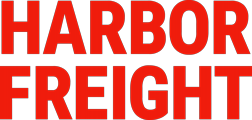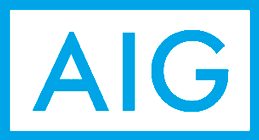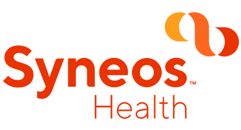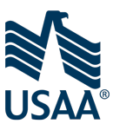Hayes Talent Management: Unlocking Organizational Success
In today’s competitive business environment, talent management is a critical strategy for driving performance and sustaining long-term success. Hayes helps organizations align talent strategies with business goals through tailored approaches to identifying, developing, and assessing talent.
What Is Talent Management?
Talent management is the continuous process of evaluating, developing, and leveraging talent to meet evolving business needs. This includes:
- Identifying Talent: Assessing current capabilities and forecasting future needs.
- Developing Talent: Implementing targeted training and development plans.
- Assessing Talent: Analyzing processes and measuring their impact on business goals.
Hayes Talent Management Services
Talent Identification
We help organizations pinpoint their most valuable assets and plan for future needs. Services include:
- Building competency models for recruitment, development, and performance.
- Assessing current talent and identifying potential leadership successors.
- Creating succession plans to address critical roles and mitigate risk.
Talent Development
Hayes designs effective development strategies tailored to your organization’s needs, using tools like 360-degree assessments and competency-based frameworks. We ensure talent systems are aligned for streamlined growth and retention.
Talent Assessment
Our assessments evaluate the effectiveness of your talent management strategies through:
- Baseline Reviews: Identifying gaps and providing actionable recommendations.
- Process Audits: Measuring the ROI of talent strategies.
- Activity Audits: Evaluating how organizational actions influence talent programs.
Why Choose Hayes?
Our team combines global expertise and proven methodologies to deliver sustainable talent solutions. We empower organizations to manage their talent independently, ensuring long-term success without dependency on external support.
Hayes Talent Management provides the insights and tools you need to attract, develop, and retain top talent, building a resilient and high-performing workforce.

















